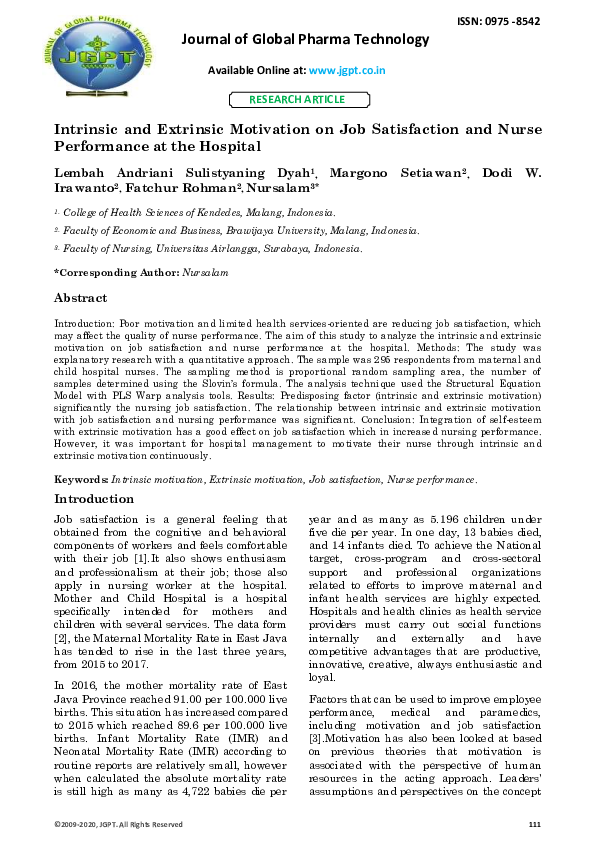


Self-determination theory identifies three basic human needs: autonomy, competency, and relatedness. The Positive Psychology Program has a great diagram that shows this spectrum. Motivation can range on a spectrum from full self-determination in the case of intrinsic motivation to complete lack of self-determination, control, or regulation, as is the case with amotivation. Extrinsic motivators may also become more internalized when they involve things that are of personal value or importance to us. This is somewhat similar to the “ shoulding” we do to ourselves that I wrote about recently. Introjected regulation is a type of extrinsic motivation that involves trying to gain approval from others and avoid shame. Some extrinsic motivators are highly regulated by others, and involve reward or punishment depending on compliance. Extrinsic motivationĮxtrinsic motivation is driven by external factors. It’s related to self-determination, meaning it’s driven by our own choice and the belief that what we’re motivated to do will help to improve our satisfaction or our abilities/competence in some way. Intrinsic motivation comes from within, and it’s based on things like our interests, beliefs, and values. But where does it come from, and does the source of the motivation matter in terms of the outcomes? Self-determination theory is one way of looking at motivation, and it identifies two forms of motivation: intrinsic and extrinsic.

We need motivation in order to do pretty much anything. This week’s terms are intrinsic and extrinsic motivation. In this series, I dig a little deeper into the meaning of psychological terms.


 0 kommentar(er)
0 kommentar(er)
